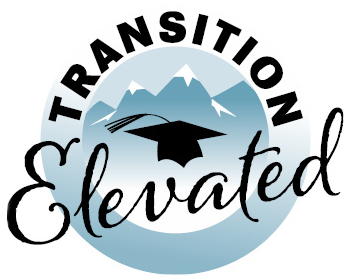Program Structures
Well-designed program structures help students build the skills they need for life after high school. Educators can use creative scheduling, partnerships, and instructional models to support transition goals inside and outside the classroom.
Why Program Structure Matters
What do we mean by “program structure” in transition planning?
Program structure refers to how schools organize courses, services, staff, and community experiences to support student development. It includes how transition-related instruction is delivered and how opportunities are built into the school day.
How does structure affect student outcomes?
Strong program structures:
- Increase access to real-world learning
- Make transition planning more consistent and personalized
- Reduce service gaps for students with IEPs
- Foster cross-agency collaboration
Instructional Models & Approaches
What types of instruction support transition skills?
Consider incorporating:
- Functional academics — like budgeting, reading bus schedules, or filling out forms
- Community-based instruction (CBI) — real-world learning off campus
- Work-based learning — job shadows, internships, school-run businesses
- Soft skill instruction — communication, problem-solving, and teamwork
Can these models work in general education settings?
Yes — and ideally they should. Inclusive transition programming benefits all students. Embedding life readiness skills into elective courses, advisory periods, and career/technical education helps normalize transition planning for everyone.
Structuring Time and Staff Roles
How can we make time for transition instruction?
Schools can:
- Build transition-focused advisory periods or small groups
- Use elective periods for life skills or employment preparation
- Coordinate with related services to support goals during therapy sessions
- Schedule weekly community outings or job sampling activities
Who should lead transition instruction?
While special educators often lead, a team approach works best. Involve:
- General education teachers for embedded skills
- Paraprofessionals for community-based instruction
- School counselors for career planning
- Related service providers (e.g. speech, OT, PT)
Examples and Templates
What does a strong transition program look like?
Every school is different, but strong programs often include:
- A dedicated staff member or team overseeing transition coordination
- Regular communication with outside agencies
- Clear annual transition goals in every IEP
- Flexible options for job training, travel training, and independent skill building
Where can I find sample schedules or planning tools?
Many districts and state agencies offer transition program planning guides or templates. Reach out to your local transition specialist or visit the Utah Transition Elevated site for downloadable examples (coming soon).
Tip: Your program structure doesn’t have to be perfect — it just needs to create space for students to grow. Small, consistent steps toward independence go a long way.
